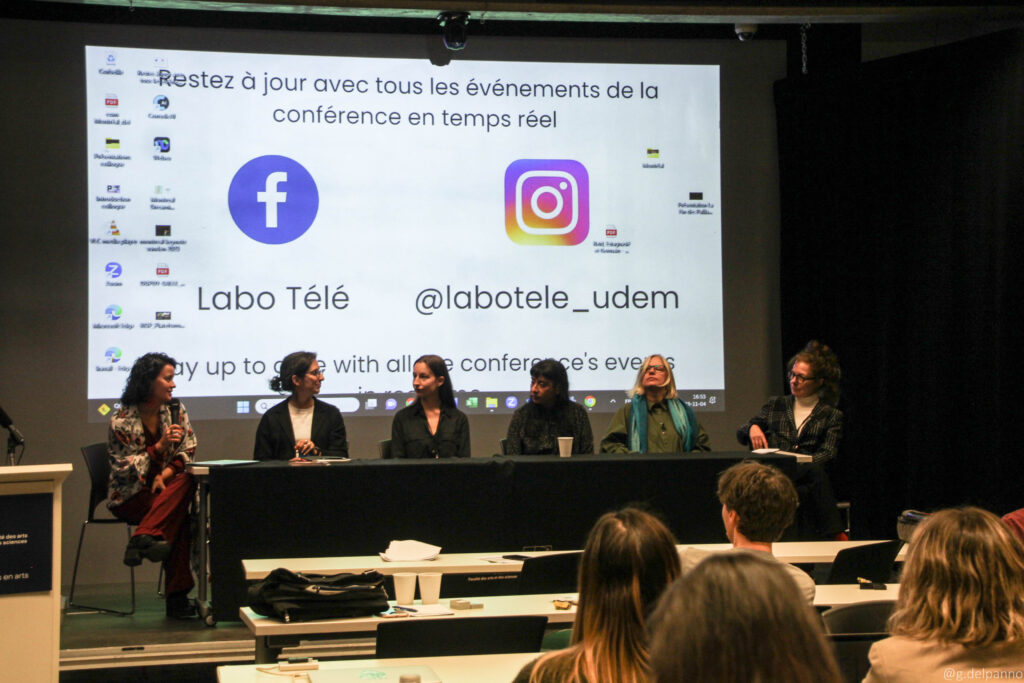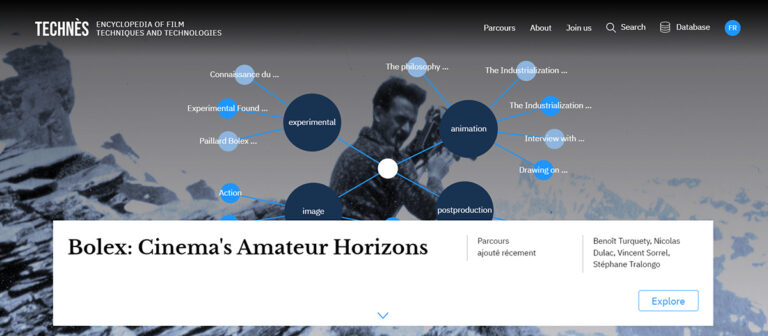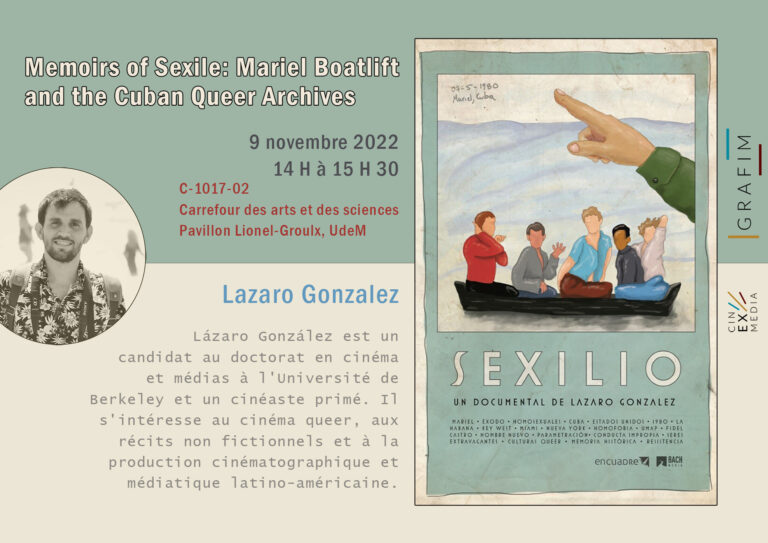This event brought together fifty researchers who presented their research into our use of digital platforms.

Hugo Samson
The Labo Télé of the Département d’histoire de l’art et d’études cinématographiques at the Université de Montréal and the cinEXmedia partnership jointly organised the international conference “Platforms and Uses: Cinema, Television, Video Games and Digital Creation” from 2 to 4 November 2023. This event, which took place at the Carrefour des arts et des sciences, consisted in six interdisciplinary panels comprised of fifty researchers, who presented the results of their research into our use of digital platforms.
Seven researchers from Université de Montréal and Université Sorbonne Nouvelle organized the event. Marta Boni, co-organizer from the Université de Montréal, explains that the aim of the conference was to present digital platforms not as impartial structures, but as players in their own right in cultural production. Accordingly, several communications examined the societal issues linked to the evolution of platforms.
“We wanted to bring together a whole range of contributions with the goal of taking stock of the state of platforms and the situations people experience on a daily basis as consumers of streamed media,” professor Boni remarks. “We organised a similar event in 2011, under the name “Networking Images: approches interdisciplinaires des images en réseau.” At the time, we took stock of audiovisual media in the Web 2.0 era, and ten years later we wanted to look at the situation again, retaining our interdisciplinary approach, to see what had changed.”
From Economics and Sociology
“If you look at what scholars presented back then, you see that their point of view was much more utopian,” Boni adds. People had a lot of hope with respect to users’ power, they saw practically only the positive aspects. Today, discourses focus primarily on the big names, such as Netflix [and their negative effects]. Everything else still seems marginal, even radical.”
Numerous researchers explored the political and economic dimensions of platforms. Marina Alcaraz (Echos) and Arnaud Mercier (Université Paris-Panthéon-Assas), for example, demonstrated the great importance of Netflix today in a joint presentation on the evolution of the way the platform is discussed in public press releases from television networks in France.
Other conference papers addressed the ways in which communities of fans have used digital platforms to bring complexity and greater depth to their media reception practices.
Therapeutic Functions
Digital platforms are also tied up with the most private spheres of our daily lives. In particular, they can have therapeutic functions. Taking these observations as their starting point, Katherina Niemeyer and Christine Thoër demonstrated the effects of television content streamed on platforms for young adults.
The growth in digital media has made the television experience more private than it was before. Today it is possible to watch an episode of one’s favourite television series on public transit, for example, or elsewhere outside the home, on one’s telephone. What effect does this viewing mode have on the audience? To answer this question, these two researchers carried out a series of interviews on the work of thinking about identity that watching TV series gave rise to in young adults 18 to 26 years of age.
Four main effects of this intimate experience of television content were identified by the researchers: the creation of memories, the learning of resources to manage emotions, attachment to the space where content is viewed, and the construction of self-narratives to better understand oneself and apprehend one's memories. These effects, moreover, arose precisely out of the platforms and the viewing modes they have made possible.
Discoveries such as these enable Marta Boni to conclude that the event was a clear success. “There was a very good dialogue between all the approaches and we presented various perspectives in order to paint a complete picture of the issues we raised.”


